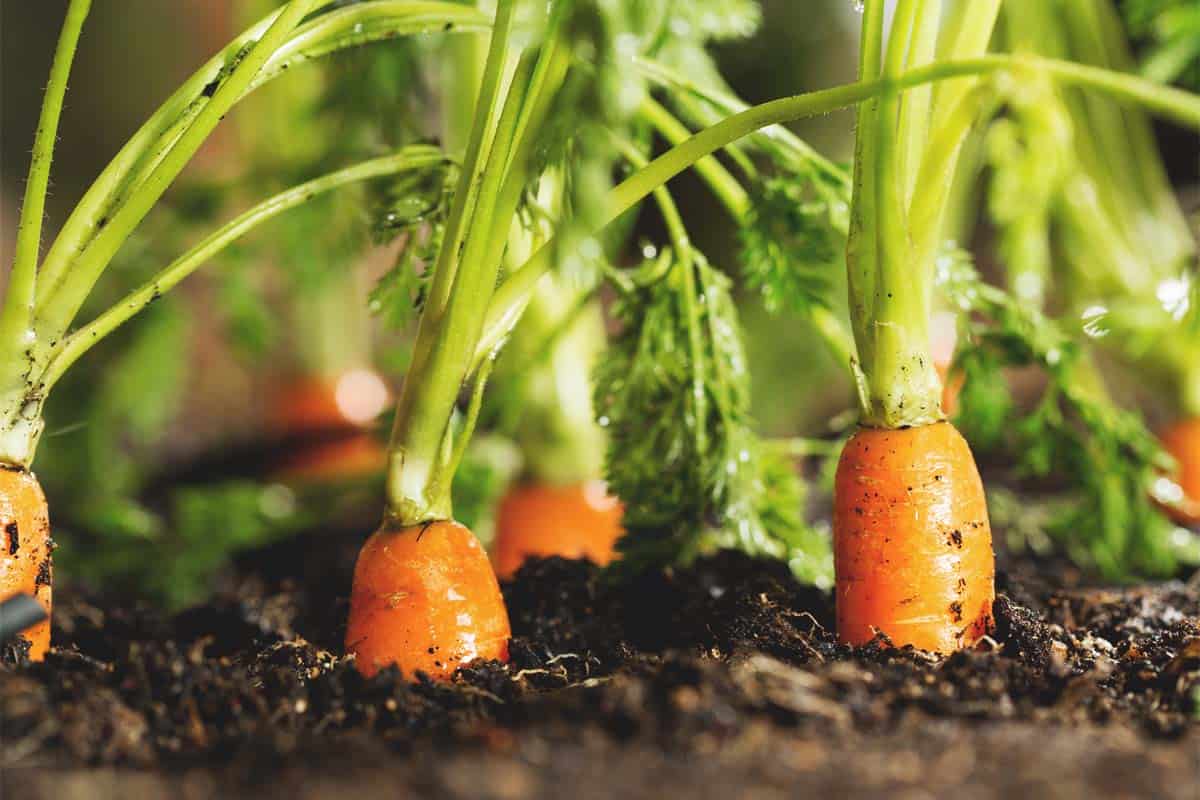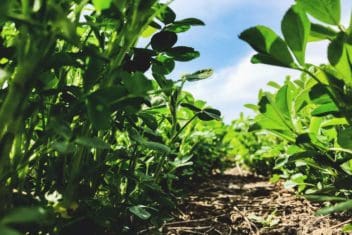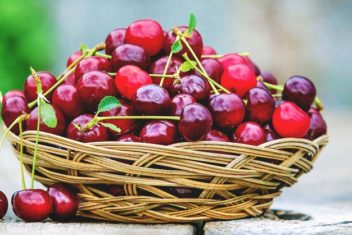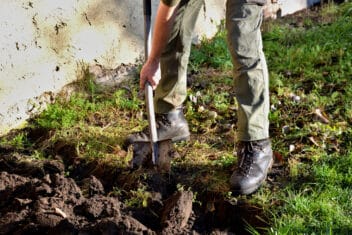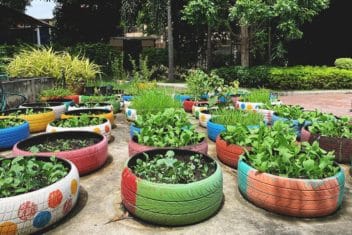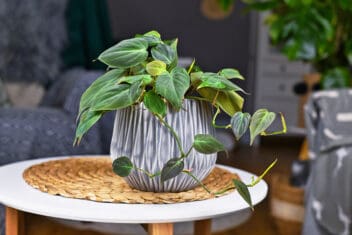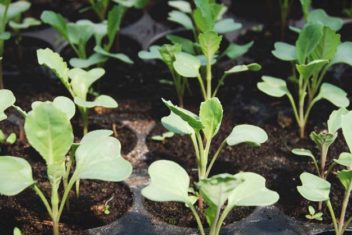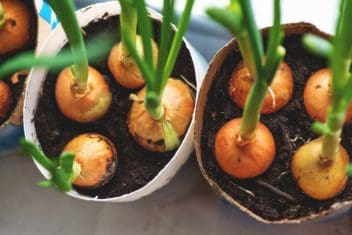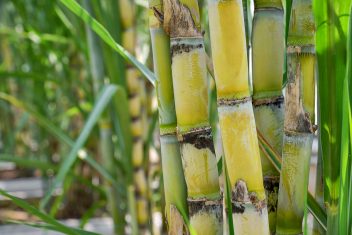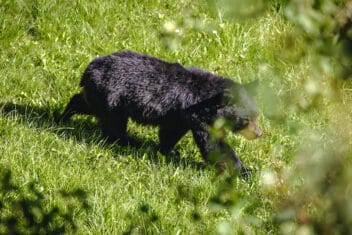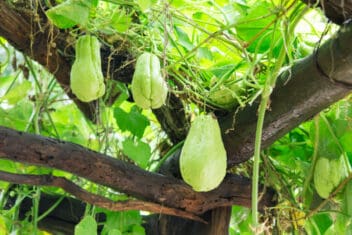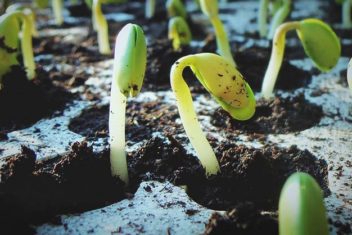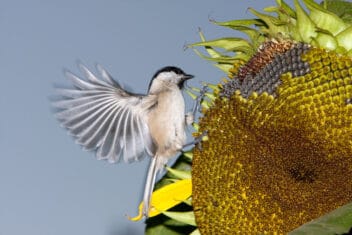I am constantly reading guides on how to grow various plants. If I introduce something new to my garden line-up, I check at least 15 growing guides to make sure I have well-rounded knowledge about how others have successfully grown that plant.
What’s always remarkable to me is how many different variations on plant spacing there are. Sometimes people give dimensions in rows, other times in diameters. One guide says give a plant 3 feet of space, another just half that.
It can be so hard to figure out which guide is right. The truth is, probably all of those guides are accurate – as long as the writer has a few years of experience growing those plants. So, then, how can they all be right?
Well, my dear fellow gardeners and homesteaders, that’s what the rest of this post is about.
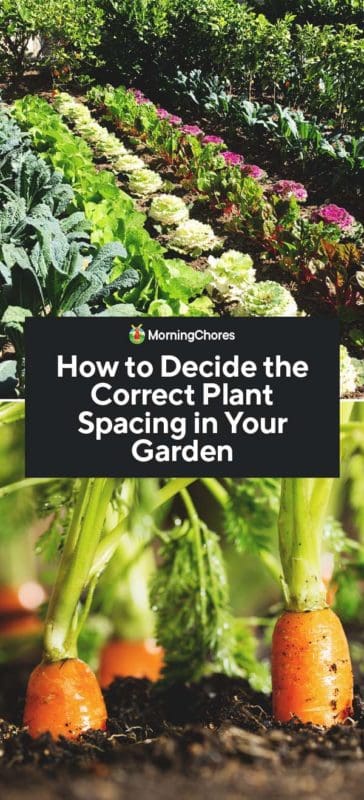
Complications of Plant Spacing
The fact is, we all garden in different environmental conditions and using different gardening methods. It’s our conditions that dictate how much space plants actually need to thrive. It’s also how we garden and what’s going to make weeding, feeding, and watering our plants easiest. Let’s look at an example.
Carrot Example
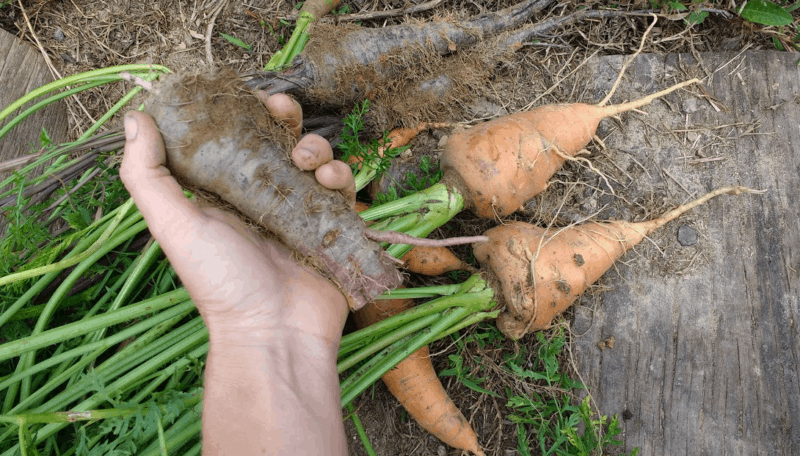
If you are using the Square Foot Gardening method exactly as it was designed, including replacing your soil entirely each year, you can plant 16 carrots in a square foot of soil.
If you are using conventional agricultural methods of tilling, fertilizing with synthetic N-P-K sources, and need to fit equipment down your rows for weeding, etc. you’re layout is completely different. You might have carrots run in twin rows 2.5-3.5 inches apart with a 14-inch pathway between each twin row.
In my garden, in my deep soil, compost-rich beds I can grow about 20 carrots in a square foot of space. Actually, I don’t even worry about spacing, I just scatter the seeds and let the carrots sort themselves out. However, in my beds with shallower soil, I grow things like Oxheart carrots that only get to 3 inches tall. Those tend to be very fat, so I only get about 10-12 per square foot.
Factors in Proper Plant Spacing
As you can see from the above example, even with something as common as carrots, there’s no one-size-fits-all answer on plant spacing. But you can learn to make educated guesses on how much space a plant will need if you understand the factors that impact plant growth.
1. Soil Depth and Quality
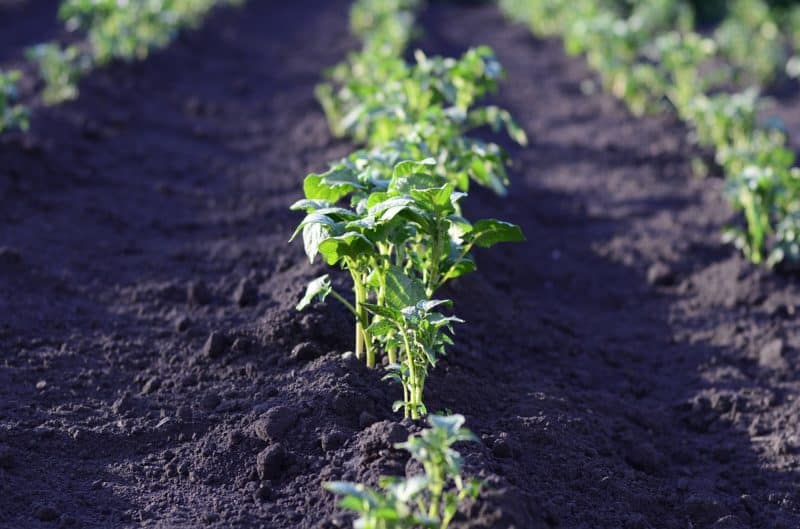
Soil depth and quality are the biggest factors that determine proper plant spacing.
Perfect Soil for Optimal Growth
When soil is deep, well-draining, high in humic content and compost, and has the right pH for that plant’s development, then the roots can grow quickly. They don’t have to fight their way through heavy clay. They don’t have to adjust to acidic or alkaline soils. They just make roots with no stress.
Spacing Tip: In perfect soil condition, plants can be grouped more closely.
Moderate but Shallow Soil
When soil is compacted, short on humic content, only marginal on pH, and is prone to both drying and soaking, roots have to fight to survive. The roots will remain shallow because that’s where the nutrients are.
Spacing Tip: In moderate but shallow soil, many plants can grow by spreading their roots wide rather than deep as long as you give them extra space.
Loose, Low Fertility Soil
When soil is too loose, such as sandy soils, it doesn’t hold nutrients well. Roots will initially grow fast because it’s easy for them to move through these light soils. Unfortunately, they quickly run out of steam searching for nutrients and the plant dies of exhaustion from putting out so many roots.
This kind of soil is ideal for plant starting because roots will grow deep fast. However, once a plant has a few leaves you have to transplant it to nutrient-rich soil or begin fertilizing. Otherwise, the plant will die.
With loose soils, since nutrients don’t stay put, the real fertility comes from your weekly applications of liquid plant food. It’s almost like growing plants hydroponically. The soil is just a planting medium, but the fertilizer and regular flushes of water are what grow the plants.
Spacing Tip: In fast-draining soils, spacing depends on what kind of fertilizer you plan to use. Closer planting is possible with weekly applications of liquid fertilizer and foliar feeding. With granular fertilizer, spacing needs to be a bit further apart.
2. Root Requirements
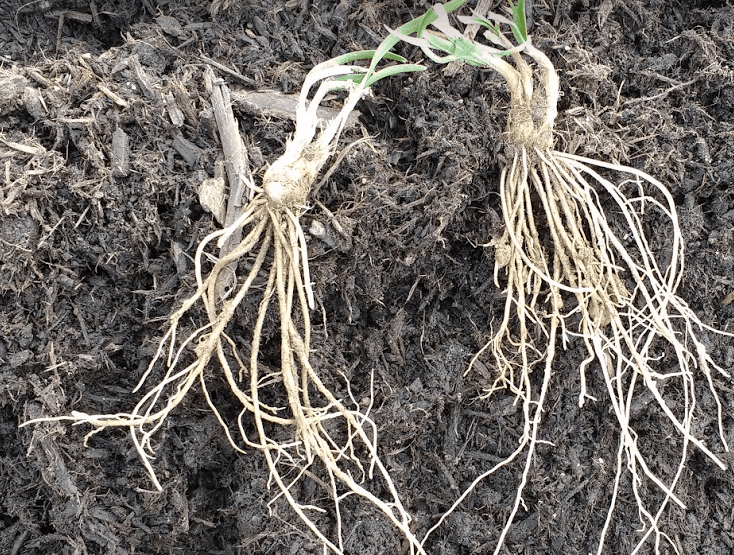
Another factor that plays a role in how much space each plant needs is how its roots form.
Fibrous Roots
Fibrous roots are mop-like. They spread wide. For annuals, fibrous roots tend to remain shallow. For perennials, they can often grow both wide and deep.
Plants with fibrous roots often get the majority of their nutrients in the upper areas of soil, unless they are crowded. Then, they’ll grow deeper roots to glean nutrients that wash further into the soil.
Spacing Tip: For fibrous-rooted plants, if you have ideal soil where nutrients run deep, closer spacing is possible. In shallow soils, plants need more room to gather nutrients in the top few inches of soil.
Taproots
Taproots grow straight down like a drill, boring into the soil. However, if the soil is shallow, they often fork and/or grow wide instead. They can even end up looking fibrous in appearance.
Spacing Tip: Taproots will grow best in ideal soil, closely spaced together to reduce weed competition. If soil is shallow, plants need more room. If you are growing plants for their taproot, such as long carrots, growing them in less than ideal soil doesn’t work out well.
Rhizomes, Tubers, and Bulbs
There are a lot of homestead plants that we grow for their underground parts. Ginger, for example, is grown for its rhizome. Potatoes are grown for their tubers. Garlic is grown for its bulbs.
These kinds of plants must have fairly deep and highly fertile soil to grow well at all. But beyond that, the growth habit typical of the variety you are growing usually dictates the spacing.
Prepare your soil so that it is ideal before planting these kinds of plants. Make sure you have the fertility the plant requires.
Spacing Tip: Do specific research on the variety that you are growing to find out how large it will grow underground. Also, factor in your harvest size. For example, Chinese-type ginger grown for large fat fingers takes more room than baby ginger harvested when young.
3. Top Growth
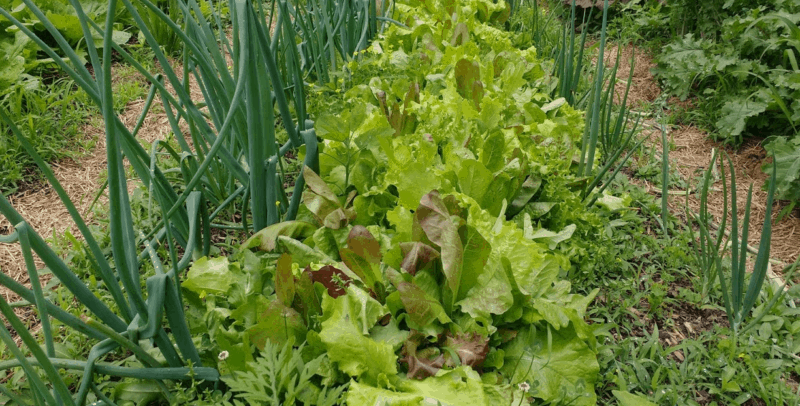
The growth habits above-ground also play a role in determining plant spacing. Leaves collect sunshine which is used in photosynthesis. That allows plants to make sugars to feed not only the plant, but also bacterial and mycological helpers that supply plants with nutrients.
Spacing Tip: Give plants enough room to accommodate their mature top growth size.
4. Water Requirements
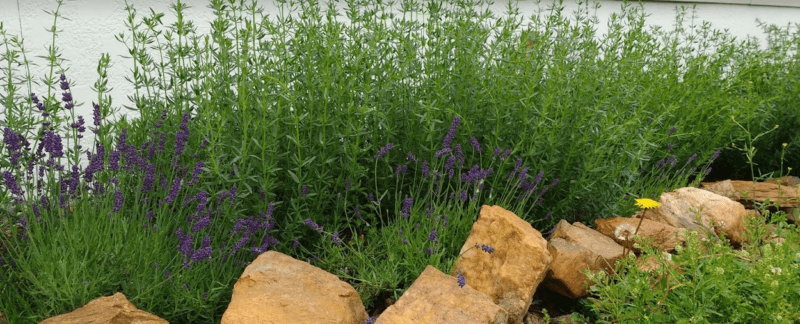
Leaf mass also works to control soil moisture. In some cases, it preserves moisture. In others it actually reduces it.
Moisture-Loving Plants
Some plants, such as lettuce and cabbage, form lots of leaves to shade the soil to keep it moist. These plants are made up mostly of water, so keeping the soil moist is critical to their development.
Spacing Tip: In wet environments, space moisture-loving plants according to your soil quality. In dry environments, space these plants more closely to preserve moisture.
Dry-Loving Plants
Other plants, like lavender or rosemary, produce leaf mass that specifically helps the soil dry quickly after a rain. These plants even grow woody toward the bottom once the roots are established. This encourages faster surface soil drying once plants have access to deeper water sources underground.
Spacing Tip: Give dry-loving plants more room in wet environments. In dry environments, you can space them according to their top growth.
5. Climate Conditions
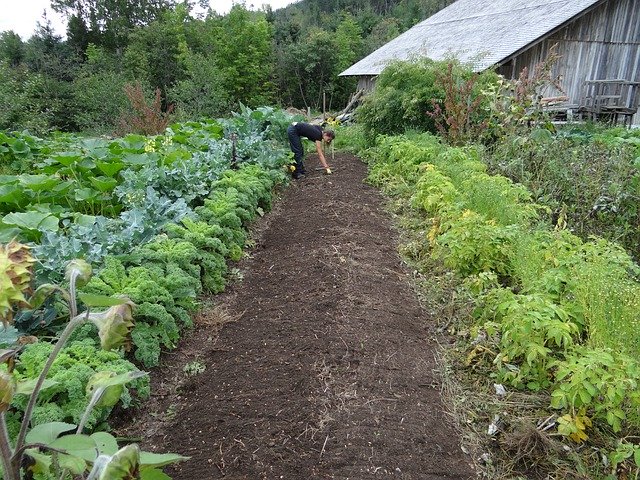
Climate can also play a big role in plant spacing.
Hot, Humid Climates
In hot humid areas, plants may need more space for good airflow. Plants transpire to cool themselves, which is very similar to the way humans perspire. But for transpiration to work, plants need good airflow. Airflow wicks away the droplets of water (like sweat) that create the cooling effect.
Spacing Tip: In hot, humid areas, plants need more space.
Hot, Dry Climates
In hot, dry climates plants still transpire. However, the dry climate makes wicking away moisture and cooling easier. So, plants need lots more moisture in the soil to keep up with the constant wicking away in those drying conditions. In this case, employing strategies to keep the soil constantly moist will be critical.
Spacing Tip: Space plants closer to preserve the moisture in the soil.
Cold Climates
In cold climates, other factors tend to be more important in terms of plant spacing. However, for you as the gardener, putting plants that need protection from the cold in one area can make your job easier. For example, if you are starting cold-hardy seedlings in the ground, you may want to put them close to each other so you can cover them with a cold frame or row cover.
6. Gardening Methods
A final factor in plant spacing is your gardening method. If you want to hoe between rows to reduce weeds, you’ll need to space your rows to make hoeing easy. If you plan to use intercropping so you don’t have to weed as much, you’ll need closer spacing.
If you are gardening in a small area and want peak yields, you’ll need close spacing. If you have a lot of land and love the look of well-spaced plants, then you’ll give plants more room.
Spacing Tip: Plant spacing guidelines vary dramatically according to the gardening method.
Applied Plant Spacing
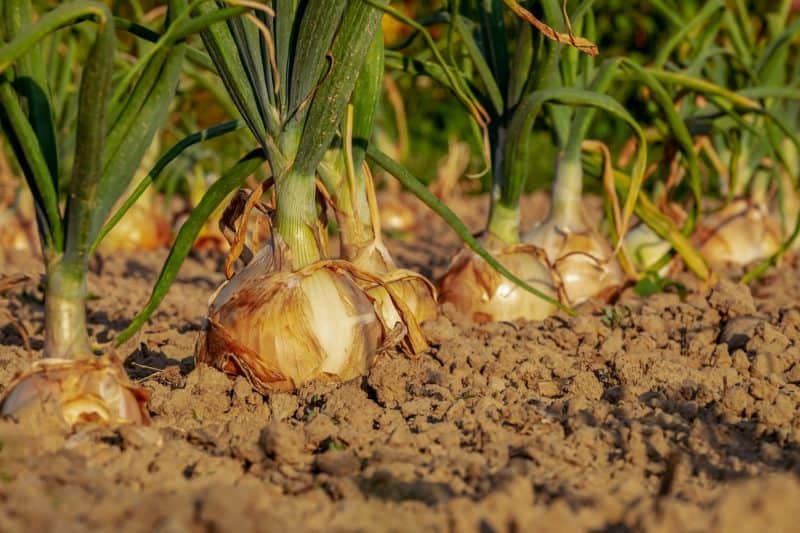
Now that you know some factors that go into plant spacing determinations, the next step is to use that knowledge to plan your garden. Growing guides are a good starting point for planning your plant spacing.
But to really get the best results, you need to take into account all of these factors and your specific conditions, planting methods, and gardening goals. You’ll also want to use tools like fertilizing, mulching, irrigating, and pruning to keep plants happy once planted.
